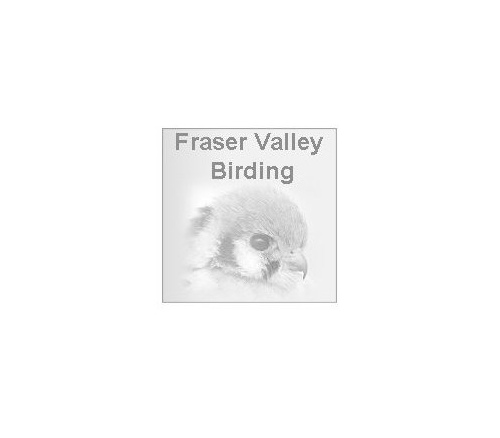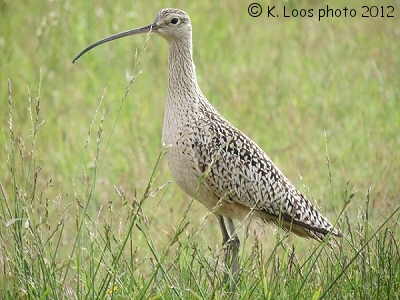|
||||||||||||||
|
|
||||||||||||||
|
Status in the Checklist Area - (11) - Accidental to rare
|
|||||||||||||||||||||||||||||||||||||||||||||||||||||||||||||||||||||||||
|
|
|||||||||||||||||||||||||||||||||||||||||||||||||||||||||||||||||||||||||
|
Information |
||||||||||||||||||||||||||||||||||||||||||||||||||||||||||||||||||||||||
|
Long-billed curlews are listed as a Species at Risk in Canada. The population in B.C. is estimated to be about 500 birds. They breed in Central B.C. in grasslands and migrate south to the southern States and into Costa Rica. Migration is the best time to see these amazing birds as they fly through our area. Currently, most documented records for our area are from April and early May. Check agricultural fields with short grass or dirt areas with some shallow pools. They are our largest shorebird, with a body size near a crow's. Their amazingly long bills can be up to 9 inches in length. Females generally are larger and with longer bills than males and young birds. Similar species: Sources: |
|||||||||||||||||||||||||||||||||||||||||||||||||||||||||||||||||||||||||
Noteworthy Data |
|||||||||||||||||||||||||||||||||||||||||||||||||||||||||||||||||||||||||
|
|||||||||||||||||||||||||||||||||||||||||||||||||||||||||||||||||||||||||
Photographs |
|||||||||||||||||||||||||||||||||||||||||||||||||||||||||||||||||||||||||
 |
 |
 |
 |
 |
|||||||||||||||||||||||||||||||||||||||||||||||||||||||||||||||||||||
 |
 |
 |
 |
||||||||||||||||||||||||||||||||||||||||||||||||||||||||||||||||||||||
 |
 |
 |
 |
||||||||||||||||||||||||||||||||||||||||||||||||||||||||||||||||||||||
 |
 |
||||||||||||||||||||||||||||||||||||||||||||||||||||||||||||||||||||||||
| Audio and Video | |||||||||||||||||||||||||||||||||||||||||||||||||||||||||||||||||||||||||
| None available. | |||||||||||||||||||||||||||||||||||||||||||||||||||||||||||||||||||||||||
Back to Species List |
|||||||||||||||||||||||||||||||||||||||||||||||||||||||||||||||||||||||||
|
|||||||||||||||||||||||||||||||||||||||||||||||||||||||||||||||||||||||||

